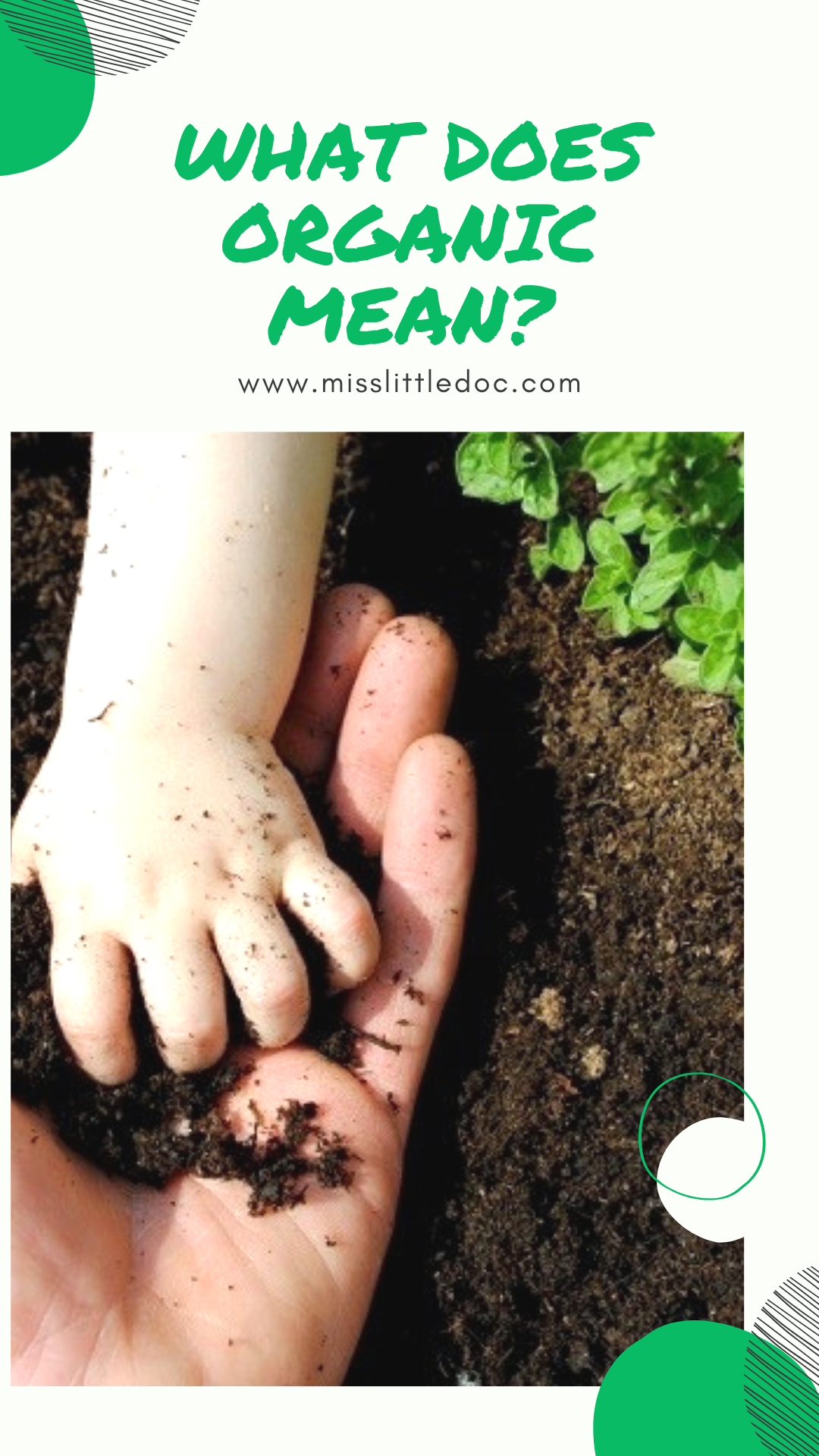What Does Organic Mean?
Do you buy organic? Do you know what the term organic means?
To be certified organic you have to be authorized by the United States Department of Agriculture (USDA). To be able to put “organic” on a produce or package, the producer has to follow rules and regulations. The organic farmers have to be certified every year and are charged “extra” to say that they are “organic”.

Organic food is made with an approved list of allowed substances and use natural pesticides when possible. Organic farming also rotate crops more often to stay ahead of pest problems. This allows the soil to be more rich in nutrients, due to the fact each plant gives and takes different nutrients from the soil to grow.
25 organic pesticides are approved for organic use versus the staggering 900 that are currently allowed to be used on conventional crops! Organic farming methods reduce carbon emissions, encourage biodiversity and protect the soil and groundwater.
The Dirty Dozen
The top twelve dirty foods and top 15 clean foods change almost yearly. The Enviornmental Working Group (EWG) looks at produce every year and determines the “dirtiest” and “cleanest” produce.
The EWG uses six measures to determine pesticide contamination of produce:
- Percent of samples tested with detectable pesticides
- Percent of samples with two or more detectable pesticides
- Average number of pesticides found on a single sample
- Average amount of pesticides found, measured in parts per million
- Maximum number of pesticides found on a single sample
- Total number of pesticides found on the crop
These are the top 12 foods that should be bought organic due to the amount of pesticides.
Strawberries–Spinach–Kale and Collard greens–Nectarines–Apples–Grapes–Peaches–Cherries–Pears–Tomatoes–Celery–Potatoes.

The Clean 15
These are the top 15 that can be eaten “not” organic. This is due to the outer layer of the foods help keep out more pesticides.
Avocado–Sweet corn–Pineapples–Sweet peas–Onions–Papayas–Eggplant– Asparagus–Kiwi–Cabbage–Cauliflower–Cantaloupe–Broccoli–Mushroom–Honeydews
Soil Health
A large nine-year study by USDA Agricultural Research Service (ARS), shows that organic farming builds up organic soil matter better than conventional no-till farming. According to Dr. Elaine Ingham, just one teaspoon of compost-rich organic soil may host as many as 600 million to 1 billion helpful bacteria from 15,000 species. Alternatively, one teaspoon of soil treated with chemicals, may carry as few as 100 helpful bacteria.3
Chemical farming uses 60 billion pounds of pesticides a year. Many pesticides are very harmful, especially when exposure takes place early in life (pregnancy, babies). There are studies that show that pesticides attack the brain and central nervous system! Not only eating the food ridden with pesticides, but living on farms that pollute the air with pesticides and water drank from wells around the farm.
Chiropractic
Fruits and vegetables are important components of a healthy diet. Reduced fruit and vegetable consumption is linked to poor health and increased risk of noncommunicable diseases (NCDs). An estimated 3.9 million deaths worldwide were attributable to inadequate fruit and vegetable consumption in 2017.
Obesity related illness kills 1 person every 5 minutes. 1 in every 3 children born after the year 2000 will end up with type 2 diabetes and the health care cost will be $400,000 for that individual!
To start living a healthier life add chiropractic and nutrition to your lifestyle. Give us or a chiropractor near you a call!
~Dr. Lacey~
Carder Chiropractic Clinic, INC.
El Reno, OK 73036



